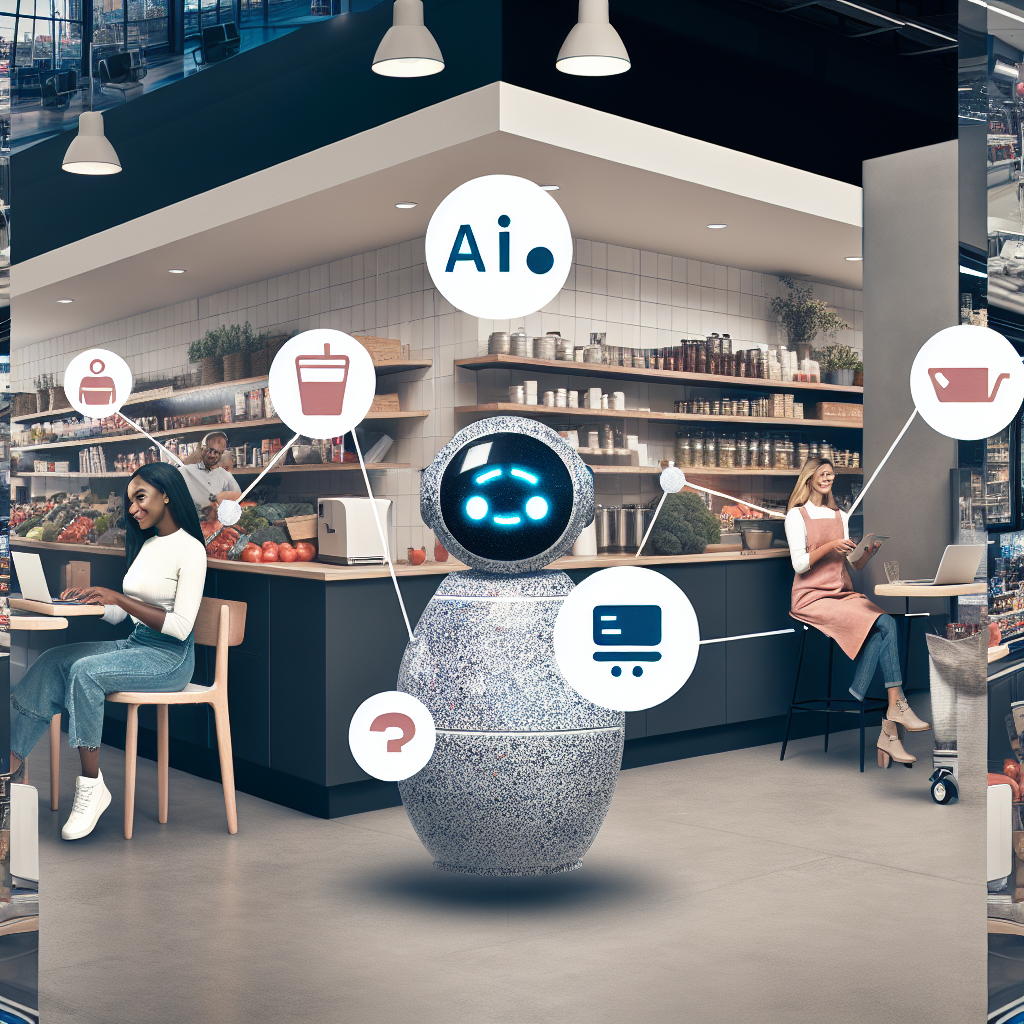
Self-service options have revolutionized the customer experience by providing convenience, efficiency, and personalized services.
Over the past decade, self-service options have undergone significant transformation. Initially, self-service was limited to basic interfaces like ATMs and supermarket kiosks. However, with advancements in technology, self-service has extended to online portals, mobile applications, and AI-powered chatbots. The increasing demand for convenience and control has driven this evolution, creating a notable impact on customer experience (CX).
Customer Portals: These portals offer a centralized platform where customers can access information, make transactions, and manage their accounts. Features often include tracking orders, paying bills, and downloading documents.
Automated Kiosks: Found in retail stores, airports, and restaurants, these kiosks allow customers to check-in, place orders, or complete transactions quickly and independently, minimizing wait times and improving operational efficiency.
Chatbots: AI-driven chatbots can handle a wide range of customer queries, providing instant responses and solutions. They are increasingly being adopted for their ability to offer 24/7 support and relieve the burden on customer service staff.
Mobile Applications: These apps empower customers to access services on the go, from shopping and banking to booking appointments and accessing support. Mobile applications offer a convenient and intuitive user experience.
Increased Convenience: Self-service options enable customers to interact with businesses at their preferred time and place, significantly enhancing convenience and customer satisfaction. This flexibility is particularly valuable in today’s fast-paced environment.
Improved Efficiency: Automated systems reduce the time spent on routine tasks and minimize human errors. This efficiency not only benefits customers but also contributes to a smoother operational process for businesses.
Enhanced Personalization: Self-service platforms often integrate with customer data to provide personalized experiences. This can include tailored recommendations, special offers, and proactive assistance based on individual preferences and behaviors.
Cost Reduction: Implementing self-service options can lead to significant cost savings for businesses. By automating routine transactions and support queries, companies can reallocate resources to more complex customer needs, driving further efficiency.
Technical Issues: Self-service technologies are not immune to glitches and downtime. Technical problems can frustrate customers and lead to a loss of trust. Ensuring robust and reliable systems is critical to maintaining a positive CX.
Lack of Human Touch: While self-service options are convenient, the absence of human interaction can sometimes be a drawback. It’s crucial for businesses to strike a balance between automation and personalized human support to cater to all customer needs.
Accessibility Barriers: Not all customers are tech-savvy or have easy access to digital platforms. Inclusive design practices and providing alternative support options are essential to ensure that every customer can benefit from self-service solutions.
Simplicity and Usability: A user-friendly interface that is simple to navigate enhances the customer experience. Clear instructions, intuitive design, and minimal steps are key to encouraging customer adoption of self-service tools.
Continuous Improvement: Gathering customer feedback and continuously refining self-service platforms is vital. Regular updates, feature enhancements, and addressing pain points help maintain customer satisfaction and keep the service relevant.
Multichannel Integration: Seamless integration across multiple channels ensures a consistent experience. Whether customers use a mobile app, website, or in-store kiosk, their interaction should be fluid and cohesive.
Comprehensive Support: Even with robust self-service options, having accessible customer support for complex queries is essential. Offering hybrid models that combine self-service with human assistance provides the best of both worlds.
The most significant advantage is the increased convenience and control it affords customers. Self-service options empower customers to complete transactions and obtain information at their own pace and time, enhancing their overall experience.
Businesses can ensure inclusive access by designing user-friendly interfaces and providing alternative support methods. Additionally, maintaining a balance between automated systems and human assistance allows customers to choose their preferred interaction mode, ensuring inclusivity.
For more insights on enhancing customer experience through technology, visit the Forbes Tech Council.
